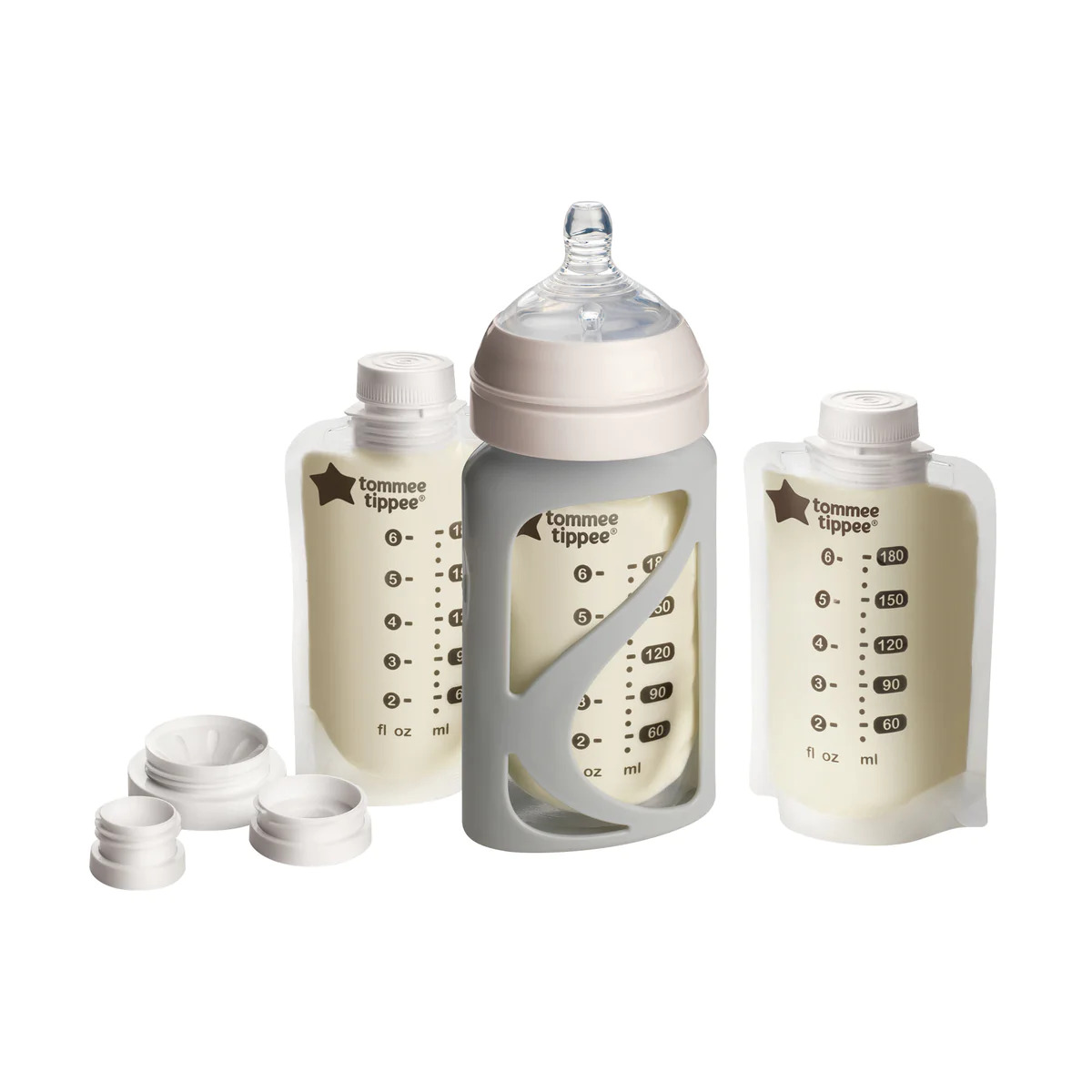

Articles
How To Store Breast Milk On The Go
Modified: January 7, 2024
Learn how to store breast milk when you're on the go with our informative articles. Keep your baby's milk fresh and safe with our expert tips.
(Many of the links in this article redirect to a specific reviewed product. Your purchase of these products through affiliate links helps to generate commission for Storables.com, at no extra cost. Learn more)
Introduction
Being a nursing mother brings about various challenges and responsibilities, especially when it comes to ensuring your baby receives the benefits of breast milk even when you are on the go. It’s important to have a plan for storing breast milk properly, so you can conveniently provide nourishment to your little one anytime, anywhere. In this article, we will explore the importance of storing breast milk on the go and provide you with useful tips and guidelines to ensure that you can safely store and transport breast milk while maintaining its freshness and nutritional value.
As a breastfeeding mother, you may find yourself in situations where you need to be away from your baby for a period of time. Whether it’s returning to work, running errands, or simply having some time for yourself, being able to store and transport breast milk allows you to continue providing your baby with the best nutrition possible.
Not only does storing breast milk on the go provide convenience, but it also offers a range of benefits for both you and your baby. Breast milk contains essential nutrients and antibodies that help boost your baby’s immune system, promote healthy growth and development, and protect against various illnesses and infections. By storing and using your expressed breast milk, you are able to ensure that your baby continues to receive these valuable benefits, even in your absence.
Preparing for on-the-go breast milk storage requires careful planning and consideration, as you want to maintain the quality and safety of the milk. One crucial aspect of this process is selecting the right containers for storage. The right containers not only help preserve the freshness of the milk but also make it easier for you to transport and feed your baby when necessary. Additionally, proper cleaning and sterilization of the containers are essential to avoid any contaminants that could harm your baby.
It’s also important to understand the guidelines for safely storing breast milk, including proper temperature control and storage times. By following these guidelines, you can ensure that your breast milk remains safe to consume and retains its nutritional value. Packing the breast milk properly for travel is another aspect to consider, as it helps prevent spillage and contamination during transportation.
In this article, we will guide you through the process of storing breast milk on the go. We will discuss the different options for containers and their advantages, provide step-by-step instructions for cleaning and sterilizing containers, offer guidelines for safe storage, and share valuable tips for transporting breast milk. By the end, you will have all the knowledge and tools necessary to confidently store and transport your breast milk, allowing you to maintain your breastfeeding journey even when you are away from your baby.
Key Takeaways:
- Storing breast milk on the go allows nursing mothers to provide essential nutrition for their babies, even when away. Proper techniques and suitable storage options ensure the safety, freshness, and nutritional value of expressed breast milk.
- Utilizing high-quality storage containers, cleaning and sterilizing them, and following safe storage guidelines are crucial for maintaining the integrity of breast milk. Careful planning and handling during travel help ensure the successful transport of breast milk while prioritizing the baby’s health and safety.
Read more: How To Store Breast Milk When Going Out
Why Store Breast Milk on the Go
Storing breast milk on the go is crucial for breastfeeding mothers who need to be away from their babies for various reasons. Whether it’s due to work commitments, social engagements, or personal time, having the ability to store and transport breast milk provides numerous benefits for both you and your baby.
One of the primary reasons to store breast milk on the go is to ensure that your baby continues to receive the nutritional benefits of breast milk even when you are not physically present. Breast milk is often referred to as “liquid gold” due to its immense nutritional value and its ability to support a baby’s growth and development. By storing and providing your expressed breast milk, you are providing your baby with a consistent supply of this valuable nourishment.
Another benefit of storing breast milk on the go is that it allows you to maintain your breastfeeding routine and support your breastfeeding goals. Breastfeeding provides numerous advantages for both you and your baby, including enhanced bonding, reduced risk of infections, and improved cognitive development for your baby. By storing breast milk, you can continue to provide these benefits even when you are not able to breastfeed directly.
Storing breast milk on the go also offers convenience, allowing you to have more freedom and flexibility in your daily life. Instead of having to plan your activities around breastfeeding or worry about finding a suitable location to breastfeed, you can have the peace of mind of knowing that you have expressed breast milk available for your baby’s needs.
In addition to convenience, storing breast milk on the go can provide a sense of security for nursing mothers. It can help alleviate any concerns or anxiety about leaving your baby for an extended period knowing that they will still be nourished with your expressed breast milk. This can be particularly reassuring for working mothers who may need to be away from their baby for several hours or more during the day.
Furthermore, storing breast milk on the go allows for more involvement from other caregivers. Whether it’s a partner, family member, or childcare provider, having expressed breast milk readily available ensures that your baby can be fed by someone else when necessary. This can promote bonding opportunities for other caregivers and allow you to have a break while still knowing that your baby is being nourished.
Overall, storing breast milk on the go is a practical and valuable solution for breastfeeding mothers. It provides continuity in giving your baby the benefits of breast milk, supports your breastfeeding goals, enhances convenience, and offers peace of mind when you need to be away from your baby. With the right knowledge and strategies, you can confidently store and transport breast milk, allowing you to maintain your breastfeeding journey while adapting to the demands of your daily life.
Preparing for On-the-Go Breast Milk Storage
Preparing for on-the-go breast milk storage requires careful planning and consideration to ensure the safety and preservation of the milk. By following the proper steps and guidelines, you can ensure that your expressed breast milk remains fresh and nourishing for your baby.
One of the first steps in preparing for on-the-go breast milk storage is selecting the right containers. There are various container options available, including breast milk storage bags, bottles, or containers specifically designed for breast milk storage. It’s important to choose containers that are made from BPA-free materials and are specifically designed for storing breast milk. These containers should be sterile, leak-proof, and able to withstand freezing and thawing temperatures.
Once you have chosen the appropriate containers, it’s crucial to clean and sterilize them before each use. Thoroughly wash the containers with warm soapy water and rinse them well. You can also use a bottle brush to clean hard-to-reach areas. After cleaning, sterilize the containers by boiling them in water for at least five minutes or using a sterilizer designed for baby bottles and accessories.
After cleaning and sterilizing, ensure that the containers are completely dry before using them for breast milk storage. Moisture can lead to contamination and the growth of bacteria, so allow the containers to air dry or use a clean, lint-free towel to dry them.
When it comes to storing breast milk, it’s essential to follow the guidelines for safe storage. Freshly expressed breast milk can be stored at room temperature for up to four hours. If the room temperature is above 77°F (25°C), the milk should be stored for no more than two hours.
If you plan to store the milk for a longer period, it’s recommended to refrigerate it. Breast milk can be stored in the refrigerator for up to four days, but it’s best to use it within three days for optimal freshness and nutritional value. Make sure to store the milk in the back of the refrigerator where the temperature is the most consistent.
If you need to store breast milk for an extended period, freezing is the best option. It’s important to use breast milk storage bags or containers specifically designed for freezing. Ensure that each container is labeled with the date and time of expression to maintain proper rotation and prevent wastage. Breast milk can be stored in the freezer for up to six months, but using it within three months is recommended to maintain the highest quality.
When storing breast milk, it’s crucial to avoid wasting any of this precious resource. Try to store milk in small quantities to prevent waste, as once you thaw it, it should be used within 24 hours. It’s also recommended to store breast milk in two to four-ounce portions to accommodate your baby’s feeding needs.
By following these steps for preparing on-the-go breast milk storage, you can ensure that your expressed breast milk remains safe and fresh for your baby. This will help you provide the best nutrition possible, even when you are away from your little one.
Choosing the Right Containers
Choosing the right containers for storing breast milk is essential to ensure its freshness, safety, and convenience. There are various container options available, each with its own advantages and considerations. By selecting the appropriate containers, you can effectively store and transport breast milk on the go.
One popular option for storing breast milk is using breast milk storage bags. These bags are designed specifically for storing breast milk and are made from durable, BPA-free materials. They are often pre-sterilized and have convenient features such as easy-to-read measurement markings and secure zipper closures to prevent leaks. Breast milk storage bags are particularly useful when storing milk in the freezer, as they are space-efficient and allow for easy stacking.
Another option is using breast milk storage bottles. These are typically made from BPA-free materials and come in various sizes, ranging from 4 ounces to 8 ounces or more. Breast milk storage bottles are reusable and can be easily cleaned and sterilized. They are ideal for storing larger quantities of breast milk and are often compatible with breast pumps, allowing for convenient expression directly into the bottle.
Some containers are specifically designed for the convenience of feeding on the go. These containers often come with built-in lids or closures, making it easy to store and transport breast milk without the need for additional accessories. They are designed to be leak-proof, ensuring that your breast milk remains secure and free from spills during travel.
When choosing containers for storing breast milk, it’s important to consider their compatibility with your breast pump. Many manufacturers offer storage containers or adapters that allow the expressed milk to be pumped directly into the storage container. This eliminates the need for transferring milk from one container to another, reducing the risk of contamination and saving time and effort.
Regardless of the type of container you choose, it’s important to ensure that it is made from safe materials. Look for containers that are labeled as BPA-free, as BPA (bisphenol A) is a chemical that can leach into the milk and have potential health risks. Containers made from food-grade polypropylene or glass are generally considered safe options.
Lastly, consider the ease of use and convenience features of the containers. Look for containers with measurement markings to accurately measure the amount of milk you are storing. Easy-to-read labels can help you keep track of the date and time of expression, ensuring proper rotation and preventing waste. Leak-proof closures or lids are essential for preventing spills, especially when you are on the go.
Remember to have an adequate supply of containers on hand to meet your storage needs. It’s better to have extra containers than to risk running out of storage space for your expressed breast milk.
By carefully considering the different types of containers and their features, you can choose the right ones that best suit your needs and preferences. This will enable you to conveniently store and transport breast milk while ensuring the safety and quality of the milk for your baby’s optimal nourishment.
Cleaning and Sterilizing Containers
Properly cleaning and sterilizing containers used for storing breast milk is crucial to maintain the safety and hygiene of the milk. By following the correct cleaning and sterilization procedures, you can ensure that the containers are free from bacteria and contaminants, providing a safe environment for storing breast milk.
Before using any new containers or after each use, it’s important to wash them thoroughly with warm soapy water. Use a bottle brush to scrub the inside and outside of the containers, paying close attention to areas that may be difficult to reach. Rinse the containers well with clean water to remove any soap residue.
In addition to regular cleaning, it’s important to sterilize the containers to eliminate any bacteria or germs that may be present. There are several methods you can use to sterilize the containers effectively:
- Boiling method: Place the cleaned containers in a pot filled with water. Ensure that all the containers are fully submerged in water. Bring the water to a rolling boil and let it boil for at least five minutes. After boiling, use a pair of tongs or a clean utensil to remove the containers from the water and allow them to air dry completely before use.
- Steam sterilization: Many sterilizers designed specifically for baby bottles and accessories use the power of steam to effectively sterilize the containers. Follow the manufacturer’s instructions for operating the sterilizer and place the cleaned containers inside. Allow the sterilization cycle to complete, and once finished, remove the containers and let them air dry.
- Microwave sterilization: Some containers are microwave-safe and can be sterilized using this method. Ensure that the containers and any lids or accessories are microwave-safe. Fill a microwave-safe bowl with water and place the cleaned containers inside. Microwave the bowl with the containers on high power for about two minutes or according to the manufacturer’s instructions. Take caution when removing the hot containers from the microwave, and allow them to cool and air dry before use.
It’s important to note that not all containers are suitable for all sterilization methods. Always check the manufacturer’s instructions and guidelines to ensure that you are using the appropriate sterilization method for your specific containers.
Once the containers are sterilized, it’s essential to store them in a clean and dry place until they are ready for use. Avoid touching the inside of the containers or lids to prevent contamination. If you are not using the containers immediately, you can consider covering them with a clean, dry cloth or placing them in a clean container with a lid to keep them dust-free.
Regularly inspect the containers for any signs of wear or damage. If you notice any cracks, discoloration, or deformities, it’s best to replace them with new ones to ensure the safety and integrity of the breast milk.
By following these cleaning and sterilization procedures, you can maintain the cleanliness and safety of the containers used for storing breast milk. This will help ensure that your expressed milk remains free from bacteria and contaminants, providing a healthy and nourishing option for your baby.
Read more: How To Store Breast Milk In Freezer
Storing Breast Milk Safely
Storing breast milk safely is crucial to ensure its quality and freshness for your baby’s consumption. By following proper storage guidelines, you can maintain the nutritional value of the milk and reduce the risk of bacterial contamination. Here are some important tips for storing breast milk safely:
1. Use clean and sterile containers: Before storing breast milk, ensure that the containers are clean and sterilized. Use BPA-free bottles or breast milk storage bags that are specifically designed for storing breast milk. Make sure the containers are leak-proof to prevent any spills or contamination during storage.
2. Label the containers: It’s essential to label each container with the date and time of expression. This will help you keep track of the freshness of the milk and ensure that you use the oldest milk first. Use a waterproof marker or label to prevent the ink from smearing or fading during storage.
3. Store milk in small portions: It’s recommended to store breast milk in small portions to avoid waste. Use two to four-ounce portions depending on your baby’s feeding needs. This way, you can thaw and use only the amount that your baby requires for each feeding, minimizing any leftover milk that needs to be discarded.
4. Follow proper temperature guidelines: Freshly expressed breast milk can be stored at room temperature (below 77°F or 25°C) for up to four hours. If the room temperature is higher, it’s best to store the milk for no more than two hours. Breast milk can be refrigerated for up to four days at 40°F (4°C) or below. If you plan to store breast milk for an extended period, freezing is recommended.
5. Freeze breast milk properly: When freezing breast milk, leave some space at the top of the container to allow for expansion during freezing. If using breast milk storage bags, lay them flat in the freezer to maximize space and facilitate easy thawing. It’s advisable to freeze breast milk in smaller portions to further minimize wastage.
6. Avoid thawing and refreezing: Once you thaw breast milk, it is important to use it within 24 hours and avoid refreezing it. Thawing breast milk can be done by placing the container in the refrigerator overnight or by using warm water. Do not use boiling water or a microwave to thaw breast milk, as this can destroy some of its beneficial properties.
7. Use proper storage guidance: It’s crucial to refer to reputable sources or consult with a healthcare provider to ensure you are following the latest and most accurate guidelines for storing breast milk. Keep in mind that these guidelines may vary depending on the specific circumstances and needs of your baby.
By following these safe storage practices, you can provide your baby with high-quality breast milk even when you are away. Remember to always prioritize safety and hygiene to keep your baby healthy and nourished.
When storing breast milk on the go, use a cooler bag with ice packs to keep the milk cold. Avoid leaving it at room temperature for more than 4 hours.
Packing the Breast Milk for Travel
When it comes to packing breast milk for travel, it’s important to take certain precautions to ensure the milk remains safe, fresh, and free from contamination. Whether you’re going on a short trip or a long journey, here are some essential tips for packing breast milk:
1. Prepare an insulated cooler bag: Invest in a high-quality insulated cooler bag or cooler pack specifically designed for storing breast milk. These bags are equipped with insulation to maintain the temperature of the milk during transit. Look for a bag that provides sufficient space to accommodate the amount of breast milk you plan to carry, as well as any ice packs or cooling elements.
2. Use ice packs or cooling elements: Ice packs are essential for maintaining the cold temperature of the breast milk while traveling. Place the ice packs or cooling elements in the cooler bag prior to packing the milk. Make sure they are frozen solid to effectively keep the milk chilled. It’s advisable to use reusable ice packs, as they can be refrozen and used again for future trips.
3. Pack breast milk in leak-proof containers: Transfer the expressed breast milk into leak-proof containers, such as breast milk storage bags or bottles with secure lids. Ensure that the containers are tightly sealed to prevent any leakage or spills during transportation. Consider double-bagging the breast milk storage bags for an extra layer of protection against leaks.
4. Limit the exposure of breast milk to light: Exposure to light can degrade the quality and nutritional content of breast milk. Pack the breast milk in opaque containers or use covers to protect the milk from direct sunlight or artificial light sources. This will help maintain the integrity of the milk and preserve its beneficial properties.
5. Keep the breast milk separate from other perishable items: It’s important to keep the breast milk separate from other perishable items, such as raw meat or seafood, to prevent cross-contamination. Place the breast milk in its own designated section or compartment within the cooler bag to ensure its safety and hygiene.
6. Pack extra storage bags or containers: It’s always a good idea to have additional breast milk storage bags or containers on hand in case you need to store more milk unexpectedly. This will allow you to handle any unexpected situations without compromising the safety or storage of your breast milk.
7. Maintain the temperature of the cooler bag: To ensure that the breast milk remains at a safe temperature, avoid opening the cooler bag frequently during travel and try to keep it in a cool area, away from direct sunlight and heat sources. If possible, place the cooler bag in the car’s air-conditioned or shaded area to maintain a cool temperature.
8. Plan for a backup storage option: Consider having a backup plan in case you encounter unforeseen circumstances that may compromise the integrity of the breast milk, such as a power outage or equipment failure. Portable breast milk coolers, dry ice, or access to a refrigerator or freezer at your destination can provide alternative options for storing the milk if needed.
By following these tips and guidelines, you can effectively pack and transport breast milk while ensuring its safety and quality. Remember to prioritize hygiene and temperature control to maintain the freshness and integrity of the milk for your baby’s nourishment.
Tips for Transporting Breast Milk
Transporting breast milk requires careful handling and consideration to maintain its safety and quality. Whether you’re traveling by car, plane, or any other mode of transportation, here are some valuable tips to ensure the successful transport of breast milk:
1. Plan ahead: Before your trip, plan out how much breast milk you’ll need and how you’ll store and transport it. Consider the duration of your journey, the availability of refrigeration or freezing options, and any specific guidelines from your airline or transportation provider.
2. Carry the milk in a cooler bag: Use a high-quality cooler bag specifically designed for storing breast milk. The bag should be insulated and capable of maintaining a cold temperature. Place ice packs or cooling elements around the containers of breast milk to keep them chilled during transportation.
3. Opt for direct flights, if possible: If you’re traveling by plane, try to choose direct flights whenever possible. This eliminates the need for handling and potential exposure to varying temperatures during layovers. Additionally, shorter travel times minimize the risk of the milk being outside a safe temperature range for an extended period.
4. Communicate with airport security: If you’re carrying breast milk through airport security, inform the officers about your breast milk and let them know that you are a nursing mother. The Transportation Security Administration (TSA) allows breast milk to be carried through security checkpoints in reasonable quantities, so be prepared to adhere to their procedures.
5. Use insulated containers for longer trips: For longer journeys where ice packs may eventually thaw, consider using insulated containers, such as thermos-style containers, to keep the breast milk chilled. These containers can maintain a cold temperature for a longer period, providing added protection to the milk during transportation.
6. Pack breast milk separately: Keep breast milk separate from other food items or liquids to prevent cross-contamination or accidental spills. Double-bagging the breast milk storage bags or placing them in sealed containers adds an extra layer of protection against leaks.
7. Store milk in the coldest part of the cooler: When packing the cooler bag, place the breast milk containers in the coldest part, typically near or on top of the ice packs or cooling elements. This will ensure that the milk maintains a consistently cold temperature during travel.
8. Minimize agitation: During transportation, avoid unnecessary shaking or agitation of the breast milk containers. Excessive movement can cause the milk to separate, reducing its quality and consistency. Handle the containers with care to preserve the integrity of the breast milk.
9. Inspect the breast milk upon arrival: Once you reach your destination, carefully examine the breast milk containers for any signs of leakage or damage. If any containers appear compromised or if the milk looks or smells off, discard it to ensure the safety and health of your baby.
10. Follow storage guidelines at your destination: After arriving at your destination, adhere to appropriate storage guidelines for the breast milk. If refrigeration is available, transfer the milk to a refrigerator as soon as possible. If not, store it in a cooler bag with ice packs until you can properly refrigerate or freeze it.
By following these tips, you can transport breast milk safely and preserve its freshness and quality. Remember to prioritize temperature control, minimize agitation, and communicate with relevant authorities when necessary. With careful planning and handling, you can ensure that your baby continues to receive the valuable benefits of breast milk even while traveling.
Using Ice Packs and Insulated Bags
Ice packs and insulated bags are essential tools for safely transporting breast milk while maintaining its temperature and freshness. By properly utilizing these items, you can ensure that the breast milk remains at a safe temperature during travel or while on the go. Here’s how to effectively use ice packs and insulated bags to transport breast milk:
1. Choose high-quality ice packs: Invest in ice packs specifically designed for keeping items cold. Look for ice packs that are reusable, leak-proof, and capable of maintaining a cold temperature for an extended period. Gel-based ice packs or those filled with ice cube substitutes are popular options that provide long-lasting cooling performance.
2. Pre-chill the ice packs: Before packing the breast milk, make sure the ice packs are properly frozen. Place them in the freezer a few hours or overnight before your trip to ensure they are solid and fully chilled. Pre-chilling the ice packs maximizes their ability to keep the breast milk cold during transportation.
3. Pack the breast milk with ice packs: Place the containers of breast milk inside an insulated bag or cooler, positioning the ice packs around and on top of the breast milk. Ensure that the ice packs are in direct contact with the containers to maximize the cooling effect. This helps maintain the low temperature required to keep the breast milk safe and fresh.
4. Use an insulated bag or cooler: Choose a high-quality insulated bag or cooler specifically designed for keeping items cold. Look for a bag with thick insulation and a reliable closure mechanism, such as a zipper or Velcro. Insulated bags made with waterproof materials are also beneficial to guard against leakage.
5. Insulate the inside of the bag: Enhance the insulation properties of the bag by lining the interior with an additional layer. Use an insulating material such as thermal liners, aluminum foil, or even extra towels or blankets to create an extra barrier between the cold contents and external temperatures.
6. Keep the bag closed: Minimize the frequency and duration of opening the insulated bag to maintain a consistent temperature. Opening the bag frequently allows warm air to enter, compromising the cooling effect of the ice packs. When accessing the breast milk, be efficient and close the bag quickly to preserve the cold environment.
7. Monitor the ice packs: Keep an eye on the ice packs during the journey to ensure they remain frozen or adequately chilled. If necessary, replace the ice packs with fresh ones to maintain the desired cold temperature. Consider bringing extra ice packs in case the transportation time is longer than anticipated.
8. Consider the duration of travel: If you have a long travel duration, such as extended air travel or road trips, you may need to replenish the ice packs along the way. Research the availability of ice or freezing facilities at your destination or during stops to ensure you can maintain the cold temperature of the breast milk for the entire trip.
9. Follow guidelines for safe storage: Remember to adhere to the recommended storage times and temperatures for breast milk. If you are unsure, consult reputable sources or guidelines from healthcare professionals. Following proper storage guidelines ensures that the breast milk remains safe and avoids any risk of bacterial growth or spoilage.
10. Inspect and discard if necessary: Upon reaching your destination, carefully inspect the breast milk containers. Discard any containers that show signs of leakage, have an unusual smell, or appear compromised in any way. The safety and quality of the breast milk should always be a top priority for your baby’s well-being.
By utilizing ice packs and insulated bags effectively, you can transport breast milk with confidence, knowing that it is being kept at an appropriate temperature. Remember to follow safe storage guidelines and prioritize your baby’s health and safety throughout the entire process of transporting and storing breast milk.
Read more: How To Store And Freeze Breast Milk
Finding Suitable Storage Options
When it comes to storing breast milk, finding suitable storage options is essential for maintaining its safety, freshness, and convenience. With a variety of containers and accessories available, it’s important to consider your specific needs and preferences. Here are some factors to consider when choosing suitable storage options for your breast milk:
1. Breast Milk Storage Bags: Breast milk storage bags are a popular and convenient option for storing breast milk. These bags are designed specifically for this purpose and are typically made from BPA-free materials. They are pre-sterilized, have graduated markings for accurate measurement, and feature airtight seals or zippers to prevent leaks. Breast milk storage bags are often space-efficient, making them ideal for freezing and stacking.
2. Breast Milk Storage Bottles: Breast milk storage bottles are reusable containers that are compatible with most breast pumps. They are typically made from BPA-free materials and come in various sizes, allowing you to store different quantities of breast milk. These bottles often have secure lids to prevent leakage and are designed to be easily cleaned and sterilized.
3. Glass Containers: Glass containers can be a good option for storing breast milk as they are non-toxic and do not leach any chemicals into the milk. Glass containers can be sterilized, and they are easy to clean, ensuring the safety and hygiene of the breast milk. Look for glass containers with airtight lids or covers to maintain freshness and prevent contamination.
4. Silicone Breast Milk Storage Cups: Silicone breast milk storage cups are a flexible and lightweight option for storing breast milk. These cups are often compatible with most breast pumps and can be conveniently folded or collapsed for space-saving storage. They are typically made from food-grade silicone and have secure lids to prevent leaks.
5. Freezer Trays: Freezer trays are useful for storing breast milk in smaller portions. These trays have individual compartments that allow you to freeze breast milk in convenient one-ounce or two-ounce portions. Once the breast milk is frozen, you can transfer the milk cubes into storage bags or containers for long-term storage.
6. Combination Sets: Combination sets often include a variety of storage options, such as breast milk storage bags, bottles, and even adapters for direct pumping. These sets can be a convenient choice as they provide different container options to suit your specific needs. Consider a combination set that offers compatibility with your breast pump and incorporates features like measurement markings and leak-proof seals.
7. Consider your lifestyle: When choosing storage options, consider your lifestyle and how you plan to use and transport the breast milk. If you are frequently on the go, opt for containers that are easy to carry, leak-proof, and fit well in insulated cooler bags. If you plan to exclusively pump and freeze your breast milk, prioritize containers or bags that offer good stacking capabilities and take up minimal freezer space.
8. Safety and Quality: Ensure that the storage options you choose are made from safe and non-toxic materials. Look for containers that are BPA-free and FDA-approved for food storage. Additionally, consider the durability and longevity of the containers, as you will want them to withstand repeated use and cleaning.
9. Consider storage capacity: Take into account the amount of breast milk you need to store and the available storage space in your refrigerator or freezer. Consider containers or bags with higher capacity if you need to store larger quantities of breast milk, or opt for smaller portions if you prefer more flexibility in serving sizes.
10. Read reviews and recommendations: Before purchasing storage options, read reviews or seek recommendations from other breastfeeding mothers or healthcare professionals. Valuable insights from others who have used different storage options can help you make an informed decision and find the most suitable solution for your needs.
By considering these factors and your specific requirements, you can find the most suitable storage options for your breast milk. Remember, proper storage is vital for maintaining the integrity and safety of the milk, ensuring that your baby receives the best possible nutrition throughout your breastfeeding journey.
Conclusion
Storing breast milk on the go is a valuable skill for breastfeeding mothers, as it allows you to provide your baby with the nourishment they need even when you are away. By following proper techniques and utilizing suitable storage options, you can ensure that your expressed breast milk remains safe, fresh, and packed with essential nutrients.
In this article, we discussed the importance of storing breast milk on the go and why it is beneficial for both you and your baby. We explored the steps for preparing on-the-go breast milk storage, including choosing the right containers, cleaning and sterilizing them, and following safe storage guidelines. We also provided tips for packing breast milk for travel, using ice packs and insulated bags effectively, and finding suitable storage options.
By investing in high-quality storage containers such as breast milk storage bags, bottles, or glass containers, you can safely store, freeze, and transport your breast milk. Regularly cleaning and sterilizing these containers ensures that they are free from bacteria and contaminants. By following recommended storage temperatures and times, you can maintain the nutritional value and quality of the breast milk.
Packing breast milk for travel requires careful planning, including using ice packs and insulated bags to maintain the desired temperature during transportation. Following guidelines for safe storage, handling, and transportation helps ensure that the breast milk arrives at its destination in optimal condition.
Ultimately, by storing breast milk on the go, you can continue to provide your baby with the numerous benefits of breast milk, such as enhanced immune protection, optimal nutrition, and strengthened bonding. The convenience and peace of mind that come with storing breast milk allow you to balance your breastfeeding journey with your daily activities and commitments.
Remember to always prioritize hygiene, proper temperature control, and adherence to storage guidelines to ensure the safety and freshness of the breast milk. With the knowledge and practices outlined in this article, you can confidently store and transport your breast milk, making motherhood a seamless and enjoyable experience even when you are on the go.
Frequently Asked Questions about How To Store Breast Milk On The Go
Was this page helpful?
At Storables.com, we guarantee accurate and reliable information. Our content, validated by Expert Board Contributors, is crafted following stringent Editorial Policies. We're committed to providing you with well-researched, expert-backed insights for all your informational needs.
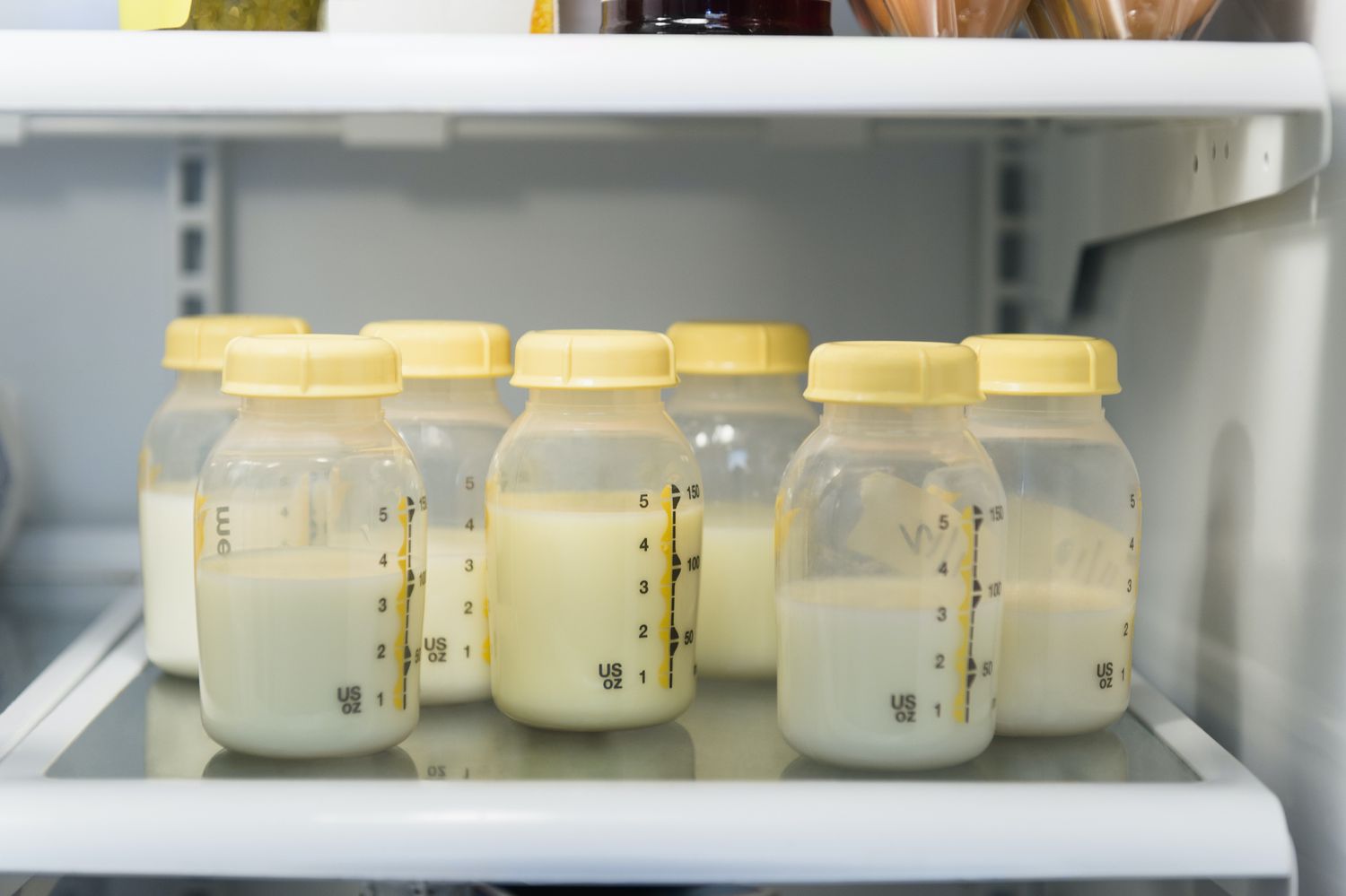
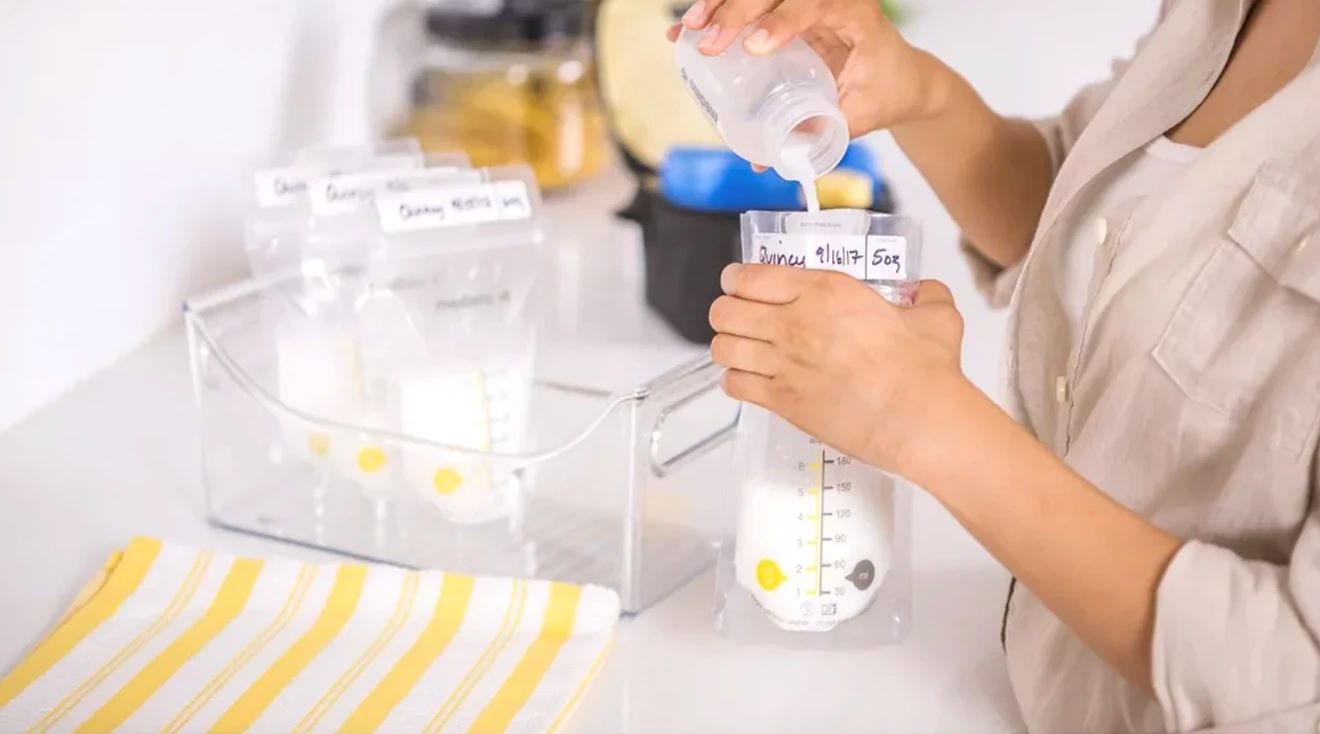
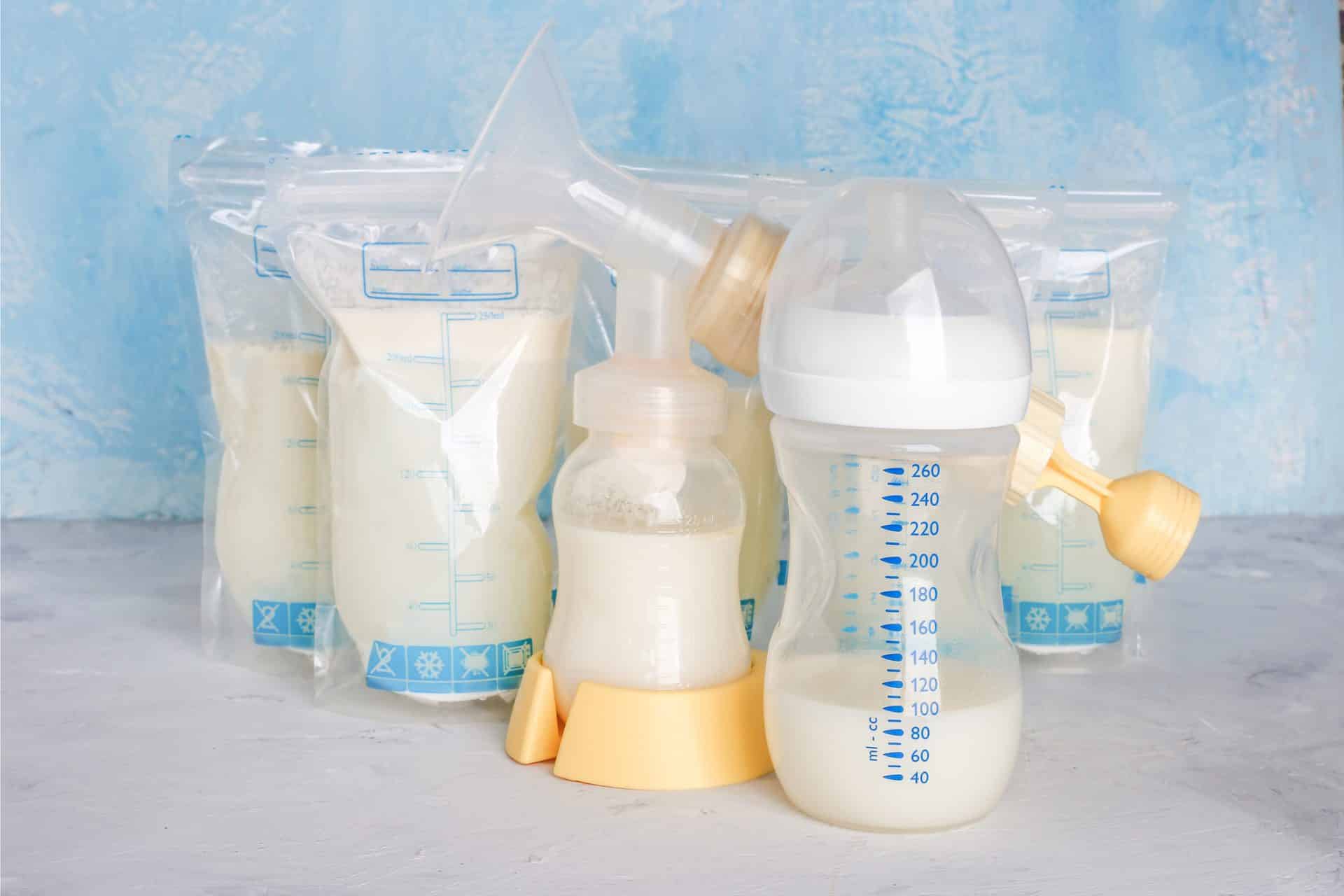
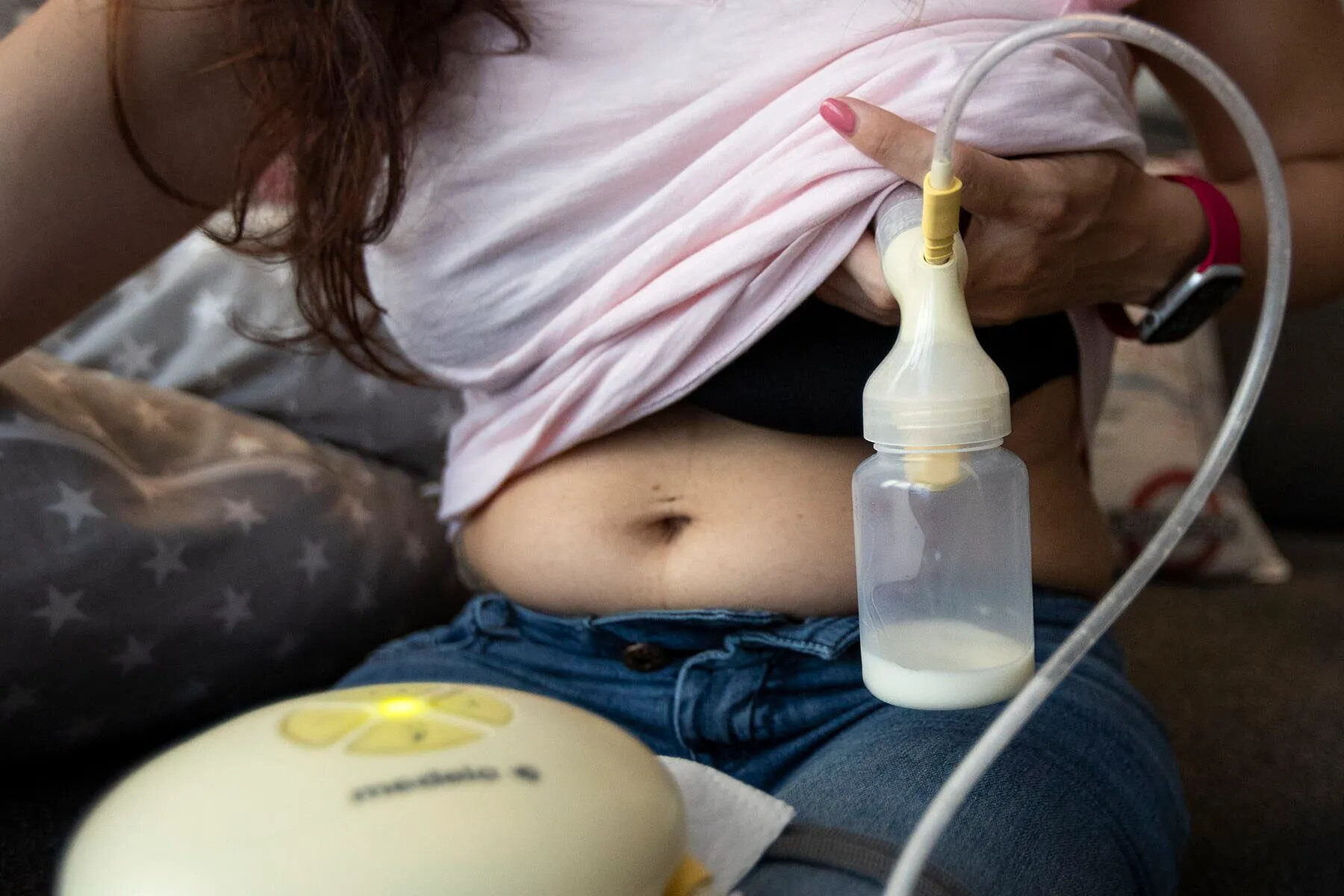
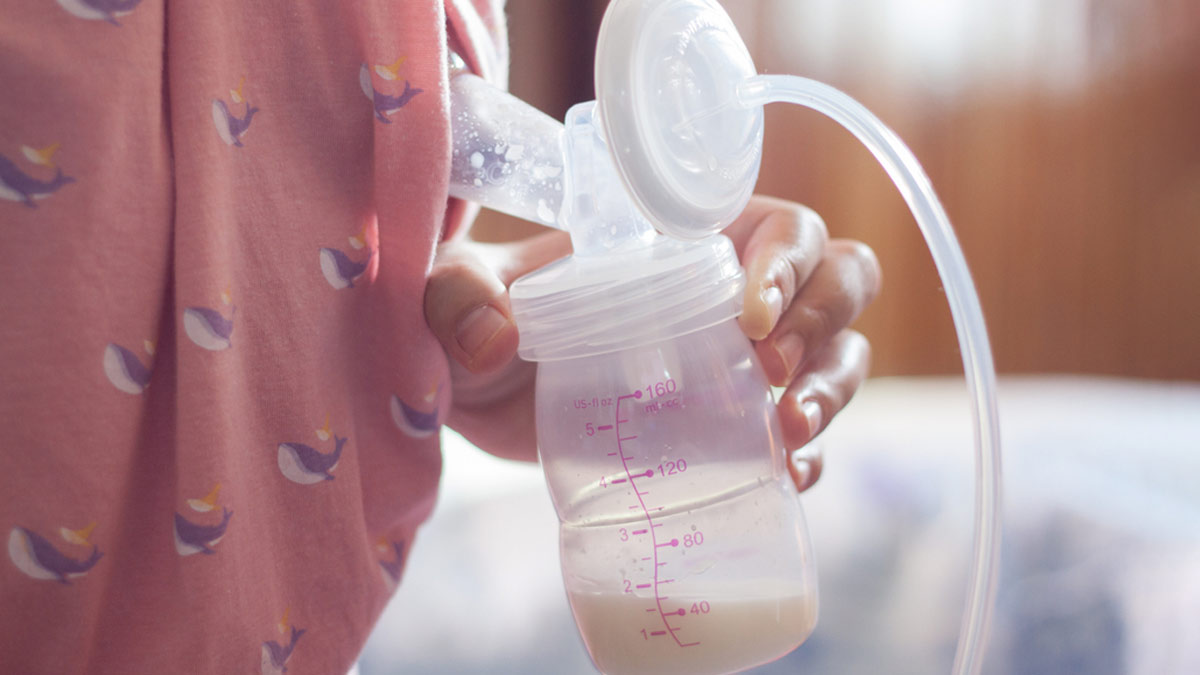
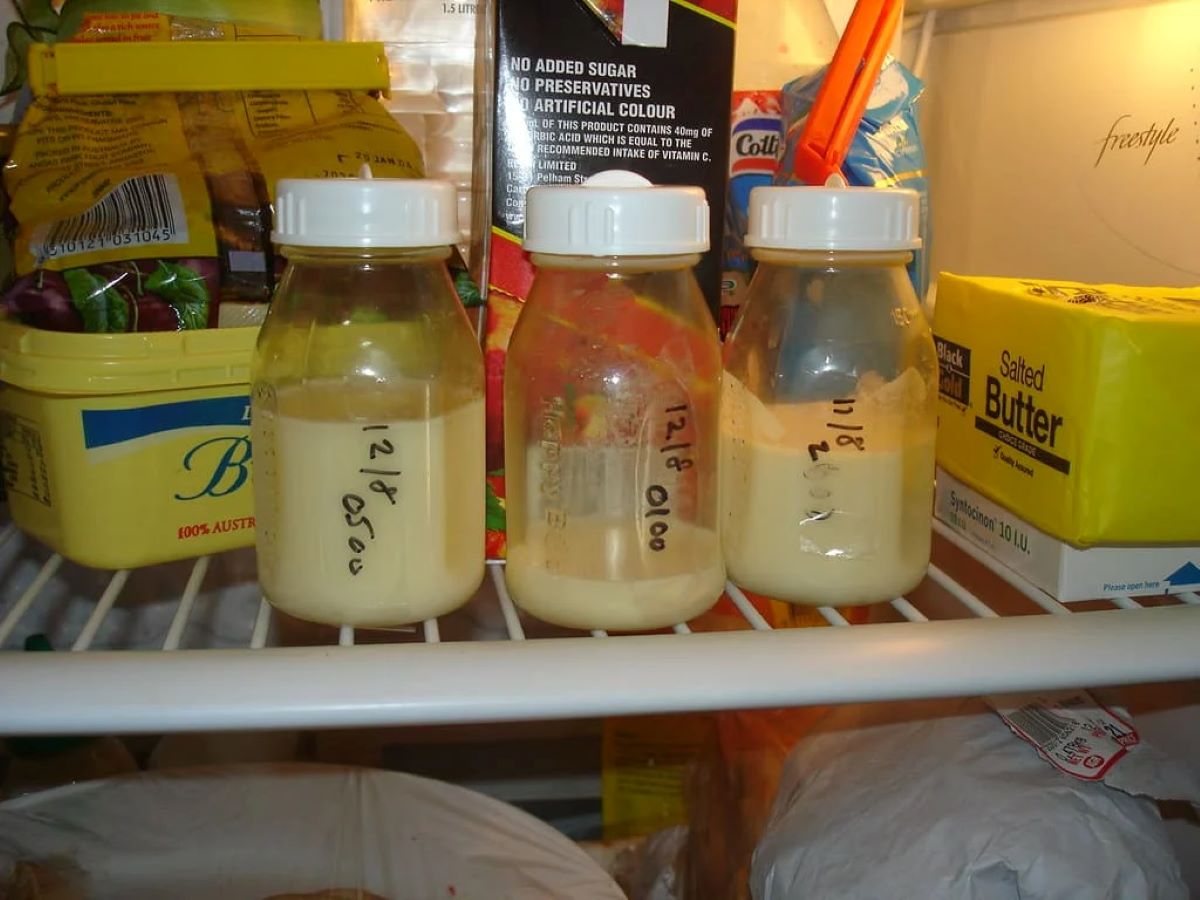
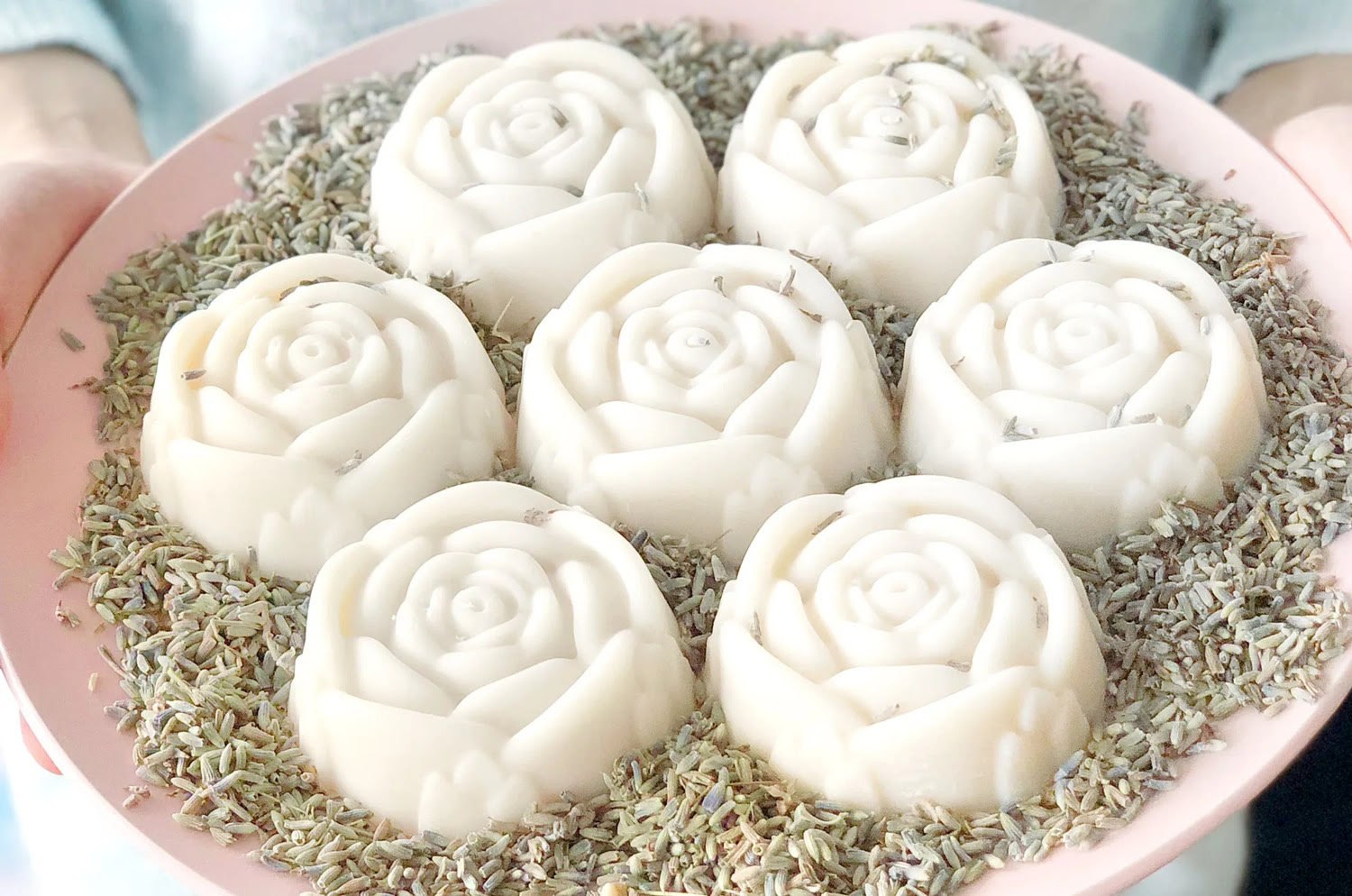
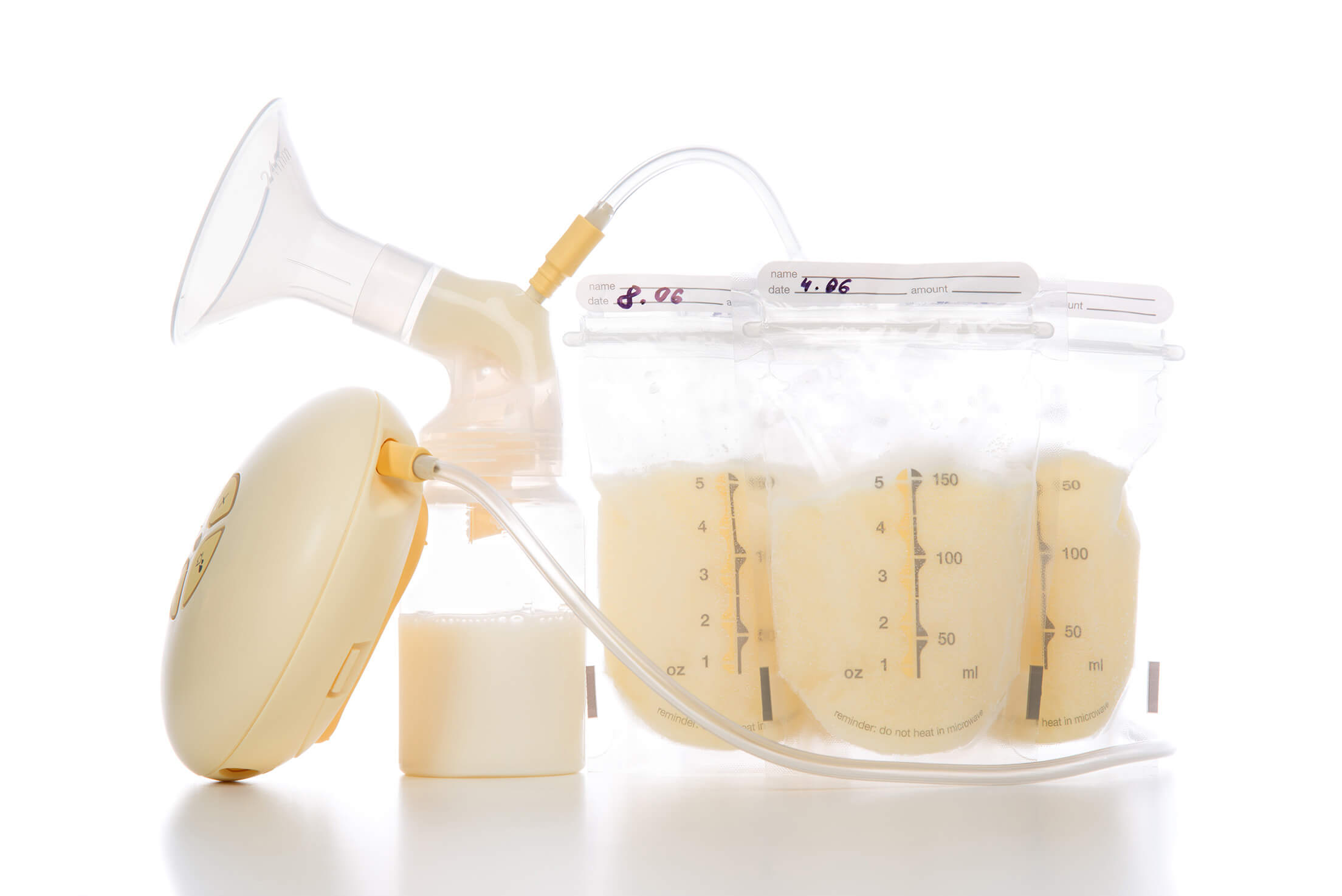
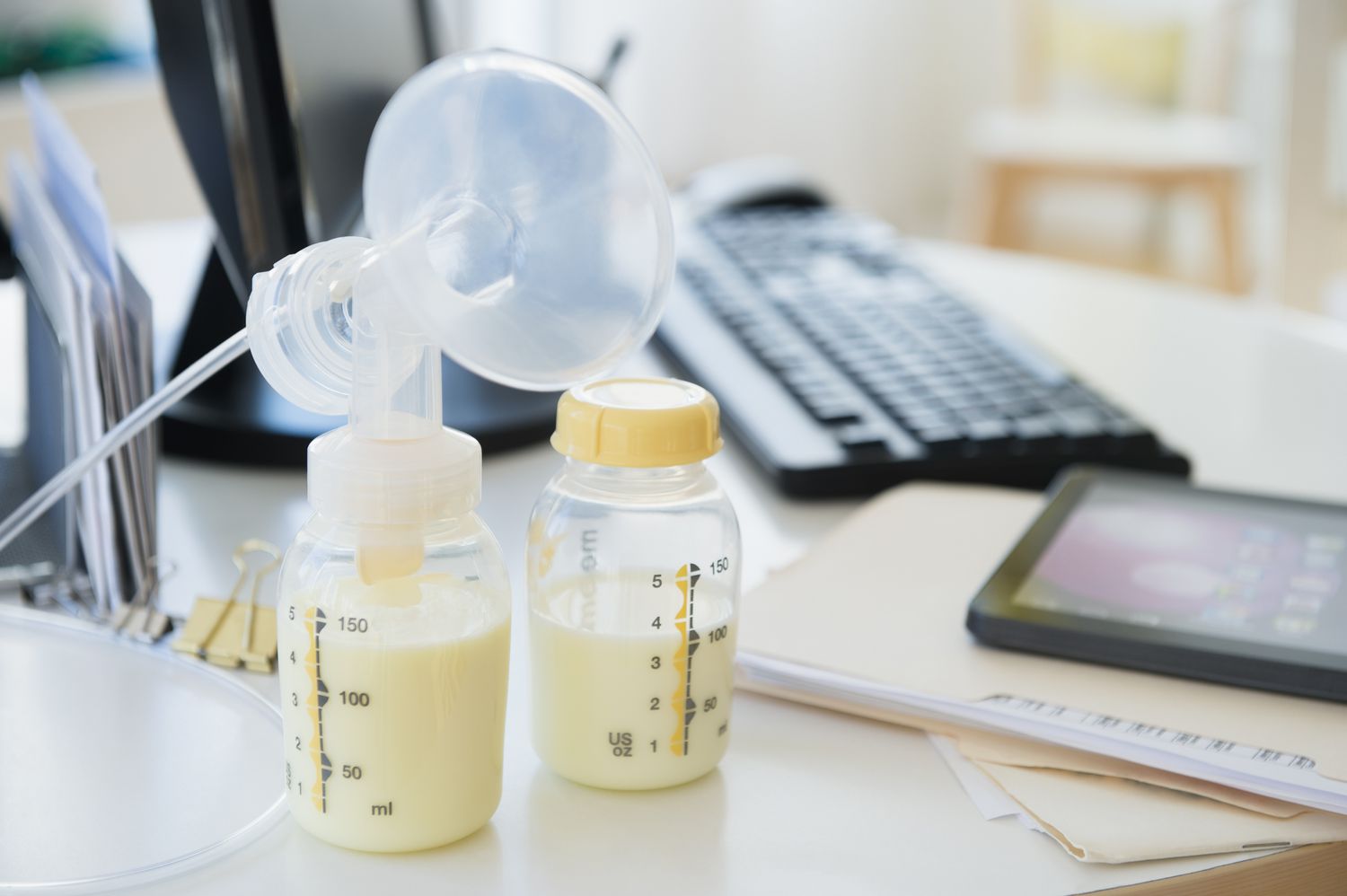
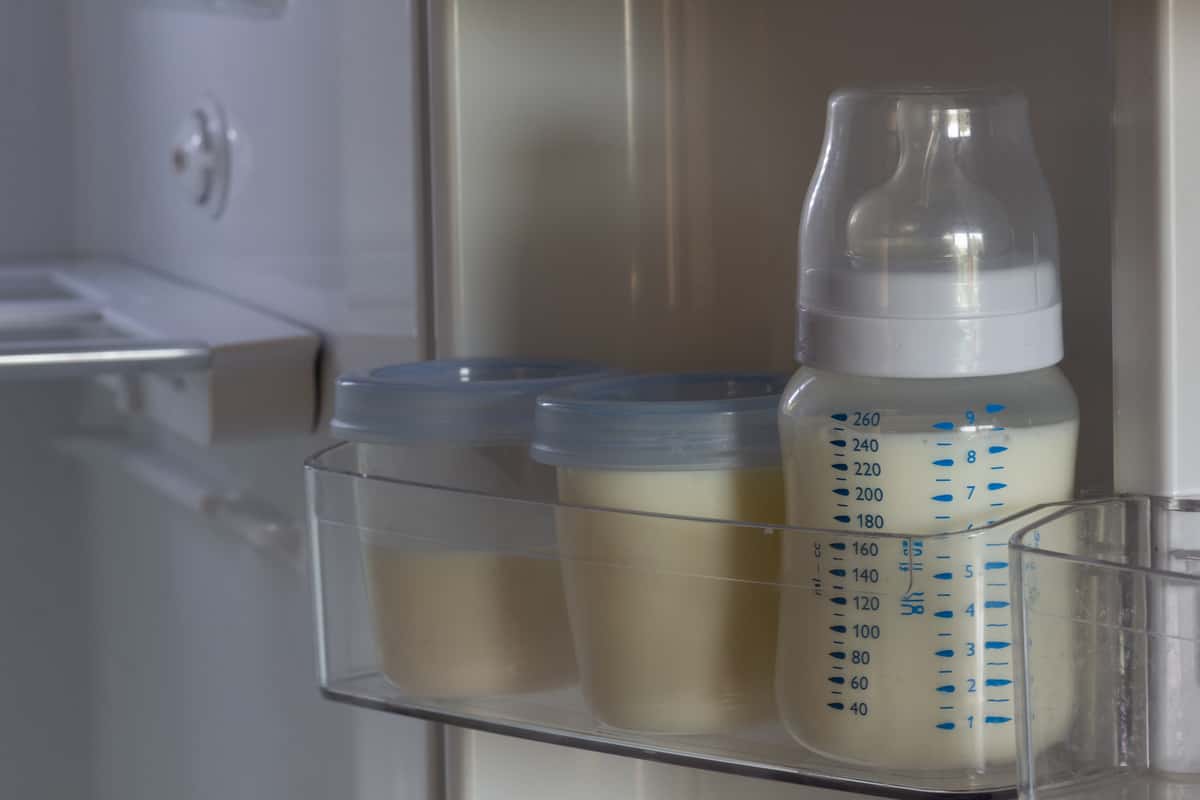
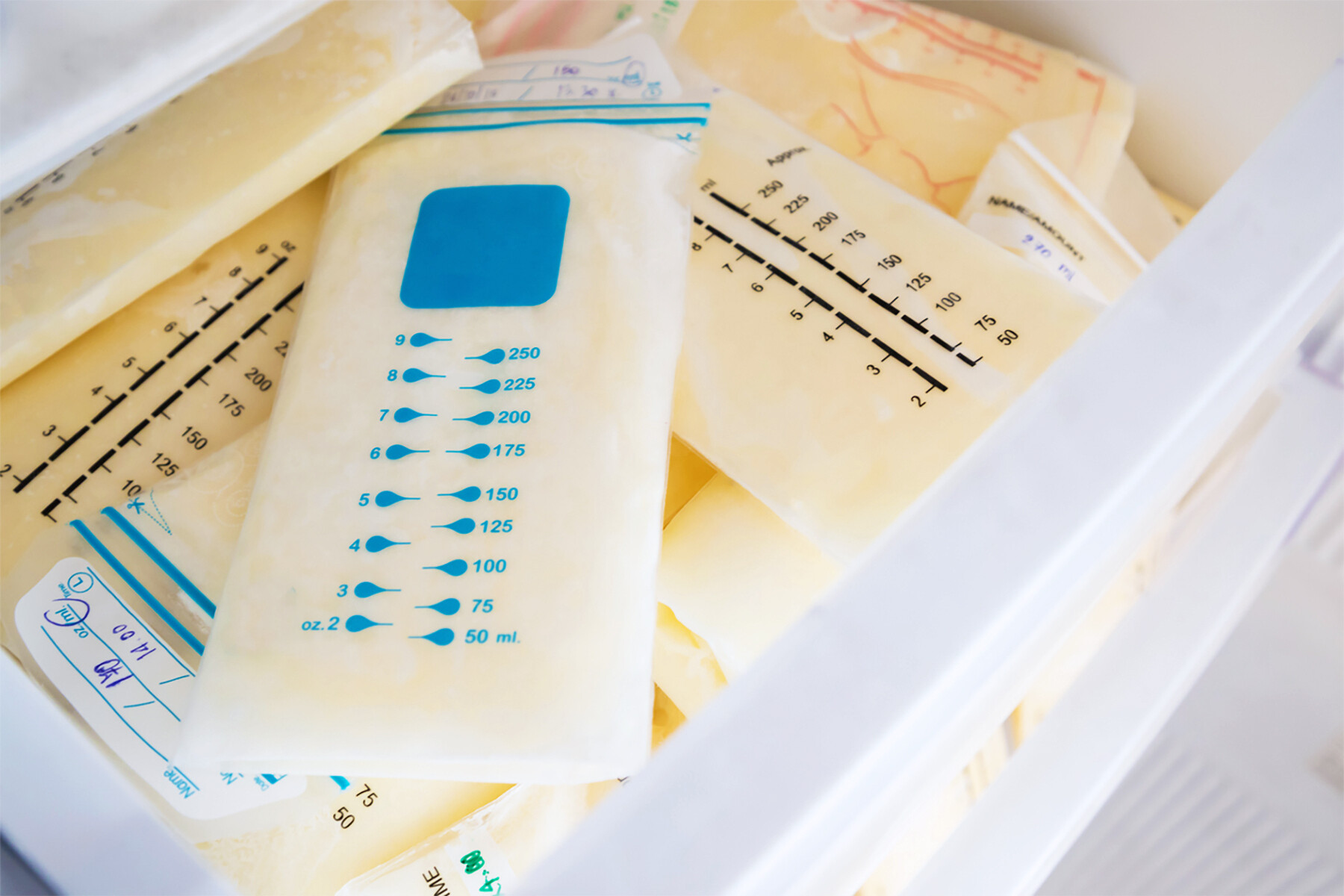
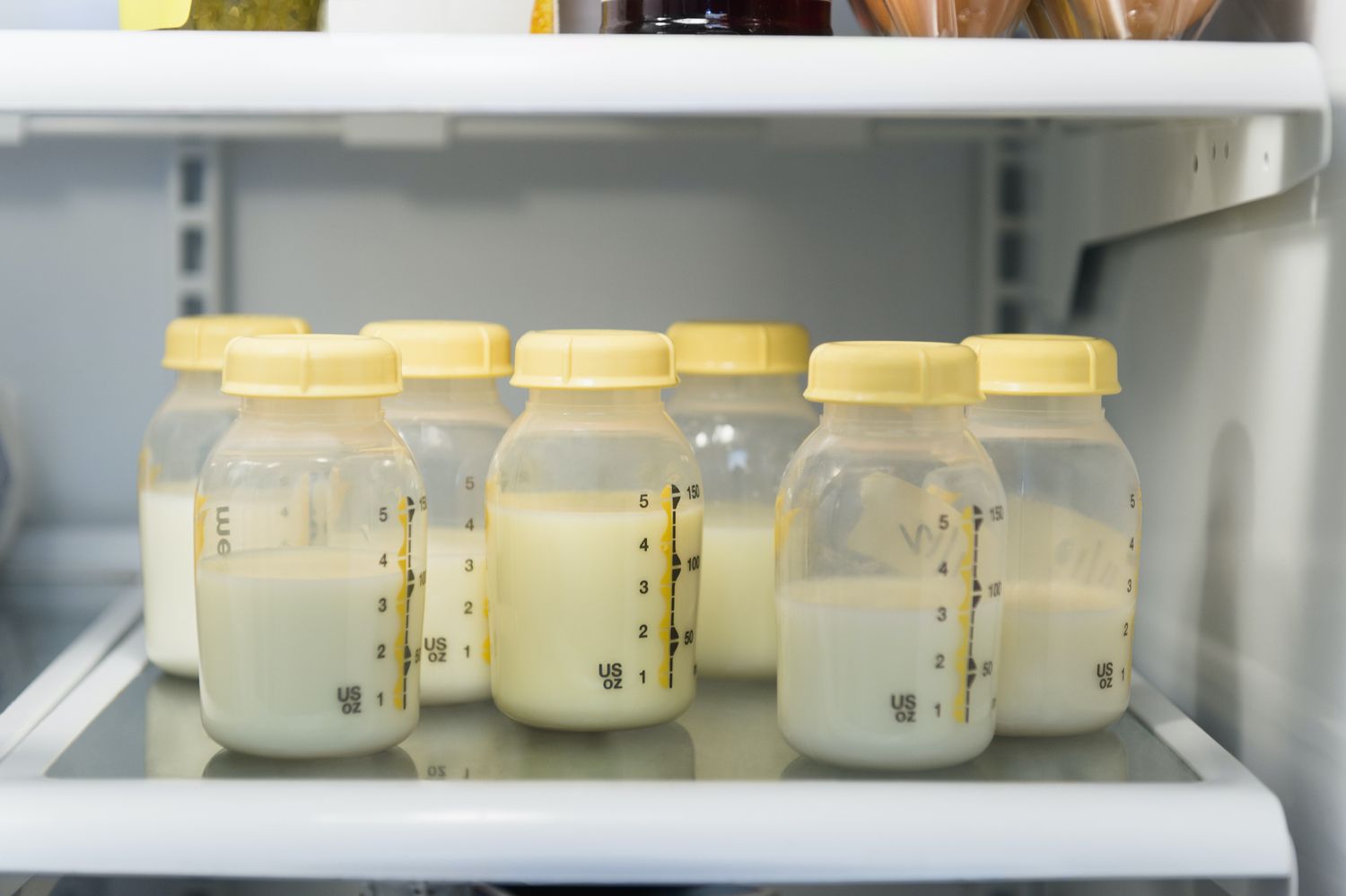
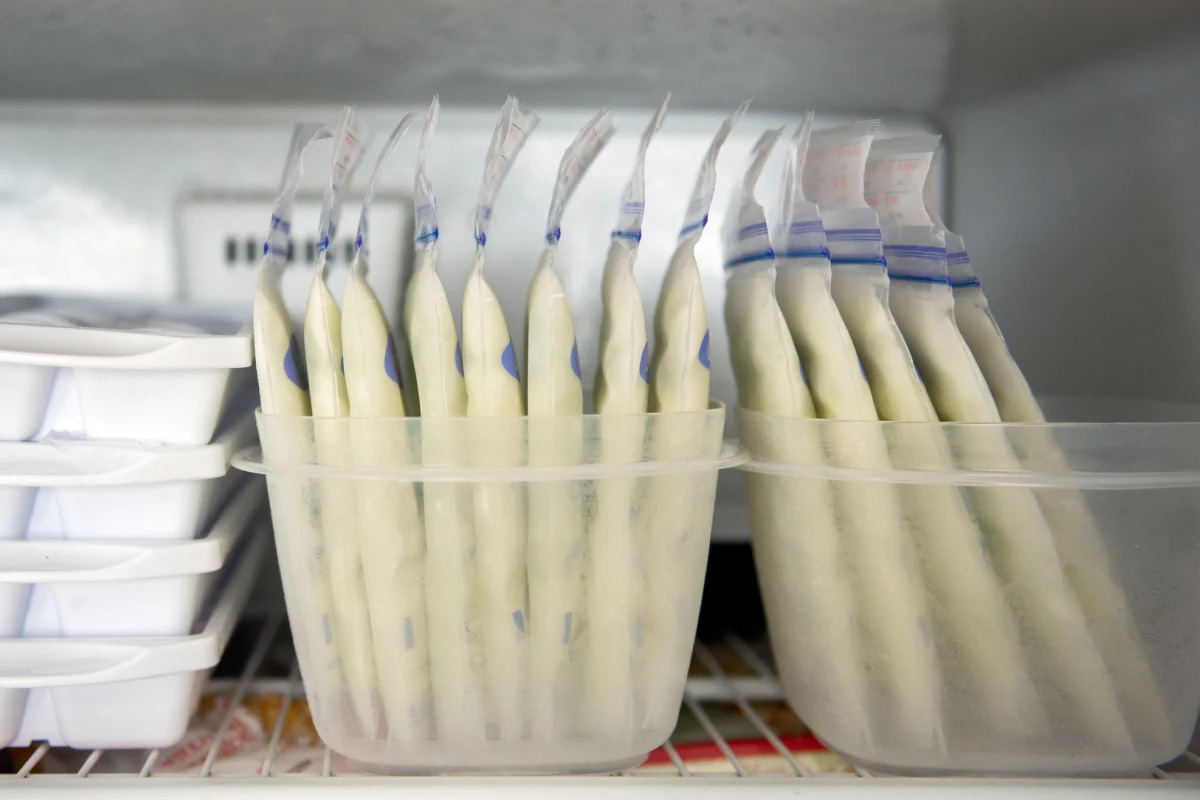

0 thoughts on “How To Store Breast Milk On The Go”